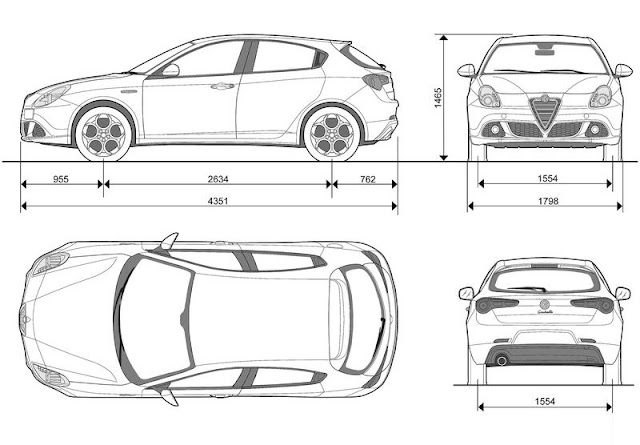First it was the Corolla Axio/Fielder duo, now the European version of the compact Toyota has been revealed, or more appropriately, leaked. From current generation onwards, Toyota has dropped the Corolla nameplate from its European mid-size hatchback, instead renamed it simply to Auris. Toyota Auris is also available in Japan since 2006 as a replacement for Corolla Runx. True to Toyota habit of re-skinning their car to create multiple version, Toyota Blade is the product of this philosophy. Larger externally, and featuring bigger 2.4L powertrain, it is the highest end among all the Corolla family traits.
The current Toyota Auris sits on the same platform as the Corolla Altis/Corolla Axio siblings. The wheelbase measured an identical 2,600mm, while overall length is shorter due to hatchback body style. It measures 4,245mm in length, against the 4.5m of the sedan version. Width and height are 1,760mm and 1,515mm respectively.
For the new generation Toyota Auris, Toyota has lengthened the car to 4,270mm while the wheelbase has been retained. While width also retained at 1,760mm, the overall height has been reduced to 1,460mm. The new Auris also bears a lot styling cues from the current crops of Toyota cars. The slim headlight and radiator grille opening is a reminiscent of the current Toyota Wish, while the front bumper is heavily Aqua/Prius C look alike, more so the side profile. The rear end however has gone distinctive, unlike the weedy looking Aqua/Prius C. The hatch is truncated in almost vertical fashion, while the flashy tail lamps and tail gate garnish complete the attractive look.
The interior adopts the latest theme pioneered by the new Toyota Yaris and Toyota Aqua/Prius C. Sticking true to the current Auris interior concept, the whole cabin is entirely different from the more conservative Asian flavored Corolla sedan. However, the towering gear console like the current Auris has been relegated to history as the new layout is more conventional with the seat-level floor console. Toyota claimed an improved accommodation due to the repositioning of seats and dashboard.
The car is due to be out to the Japanese market in July. The powertrain line-up mirrors those on the current car, namely comes in 1.5L and 1.8L. While both engine are paired to CVT, the sportier 1.8L will also be available with 6 speed manual. This higher displacement model also will be fitted with double wishbones rear suspension, instead of a torsion beam setup of the lower powered version. This fitments is consistent with the current Toyota Auris. Some more photos after the jump.
























.JPG)

















